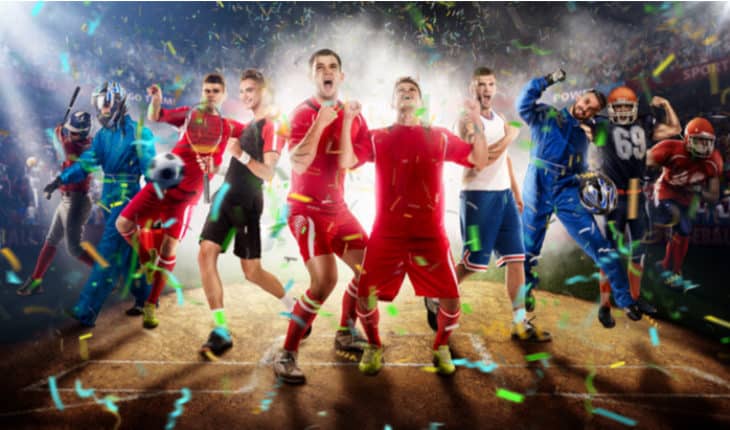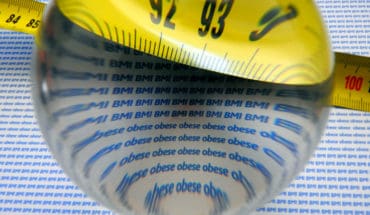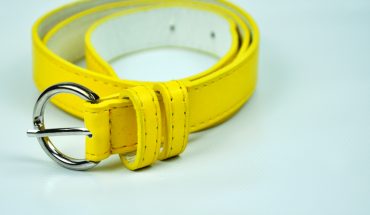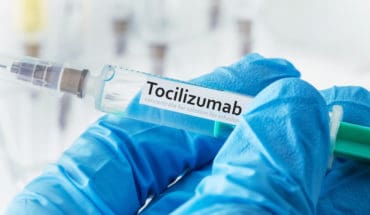How to do sports during the Corona epidemic? Interview with Prof. Henning Wackerhage on the interactions between sports and the coronavirus epidemic.
For sports, the current corona epidemic is the biggest challenge of the last 100 years. Henning Wackerhage, Professor of Sports Biology at the Technical University of Munich (TUM), has therefore analyzed the relationships between sports and the Corona epidemic together with colleagues from the universities of Gießen, Glasgow, Hildesheim, Mainz and Padua as well as the Max Planck Institute of Biochemistry. In this interview he explains selected results of the study.
What role have sporting events played in the spread of the Corona epidemic?
There is evidence that Italy’s patient 1 has met many people and, before he himself began to show symptoms, had already infected a large number of people in Bergamo. They, too, have probably already passed the virus on, and then came the big event, the first Champions League match between Atalanta Bergamo and FC Valencia.
At that time the people of Bergamo thought that the SARS-CoV-2 virus was just some virus in China and so no reason for concern. And there were other major events, such as the Liverpool FC game against Atlético Madrid. These were all events where 40,000, 50,000 or 60,000 people came together. Some of the spectators probably got infected in the crowd, carried the virus home and infected others there.
The spread of the virus in the ski resort of Ischgl is also quite similar: Many people got infected there, and then people spread the virus further back home. There was a flight to Iceland on February 29 with 15 infected passengers, 14 of them were in Ischgl for skiing. Norway attributed 40 percent of its corona cases in mid-March to infections in Austria. Skiing has also contributed to the high number of cases in Bavaria.
How can such effects be avoided in the future?
The examples show that sporting events have contributed significantly to the spread of the virus in Europe. What can we learn from this? Especially in international sporting events, where people from many countries come together, cheer, embrace and then travel back home, the risk of infecting each other and spreading the virus globally is high. Of course, this is now a big problem for the organization of the Olympic Games in Tokyo.
The key routes of infection are droplets and aerosols, and infection via surfaces. Sports are a multifaceted phenomenon, where different ways of infection can be a problem. We now have to think specifically about each sporting activity: How can I avoid infections here?
In order to be able to reopen football stadiums, a multitude of measures must be put in place, such ensuring the observance of social distancing at the venue, possibly face masks to prevent droplets, disinfection of railings, protective measures for catering and social distancing on the journey to the venue. Holding games without spectators is of course a relatively safe solution.
Together with a panel of experts, you have drawn up recommendations for fitness studios. What do you recommend?
We propose a detailed 5-point plan: The first point is employee training. They need to know about the pathways of infection, they need to adapt the operation of the gym to avoid droplet, aerosol and smear infections, and they need to uphold and themselves comply with the measures.
Another recommendation is to ventilate the gyms well and avoid high intensity workout. When exercising, the breathing volume increases from about five to ten liters per minute at rest to over 100 liters per minute for untrained people. Very well-trained athletes can reach a volume of over 200 liters per minute. We don’t know exactly how much SARS-CoV-2 virus mass an infected person releases, but you can imagine that if someone breathes 150 liters per minute, he or she literally becomes a virus slingshot. Intensive workouts in the gym should therefore be avoided; this should be done outdoors.
If sharing training equipment, you should wipe the dumbbells with a disinfecting wipe after each use to avoid a smear infection. Ideally, one person should do all exercises and then disinfect the equipment, as the virus can survive on metal surfaces for up to a day.
If someone has become infected, it is important to keep track of who trained when. Using this list, the public health department can then quickly determine who had contact with whom, when and for how long, and can quickly test persons at risk and send them to quarantine, if necessary. All these measures would also work for club sports.
Are trained persons better protected against a severe course of the disease thanks to their fitness?
Fit and healthy young people have a low risk of a severe course of the COVID-19 disease, but are not fully protected against it. A good example is “patient 1” of the Italian Covid-19 outbreak, a 38-year-old marathon runner. Despite being physically fit, he was still in intensive care for two weeks.
While there is no clear evidence that exercise reduces the frequency of acute respiratory infections, there is evidence that regular exercise reduces the severity of infections. It has been shown that light exercise tends to strengthen the immune system, while athletes who train very hard tend to catch infections more often. Hard training should therefore be avoided, if possible.
What do you think needs special attention?
Many infections caused by the SARS-CoV2 virus occur through people who do not exhibit any symptoms of the disease. They do not have a cough, they do not have a runny nose, they feel perfectly fine. Nevertheless, they are infected and can infect other people. This is a big problem because you cannot always tell who is infected by their symptoms. The consequence for us in sports is, that we actually have to treat everyone as if he or she were infected and take appropriate protective measures – and this is also true outside sports.
Now it’s time to use the positive effects of sport while minimizing the risk of infection. The legendary sports physiologists Bente Klarlund-Pedersen and Bengt Saltin have analyzed publications on 26 diseases, and for almost everyone the following applies: sport has positive effects in both prevention and therapy.
In principle, as in occupational safety, the risks must be identified and the appropriate measures developed for each type of sport. With measures such as social distancing, wearing face masks, disinfection and a suitable system for tracking, one can once again do sports with a clear conscience.
The full review can be read here: https://www.germanjournalsportsmedicine.com/archiv/archive-2020/issue-5/sport-exercise-and-covid-19-the-disease-caused-by-the-sars-cov-2-coronavirus/
- Gut microbiome could delay onset of type 1 diabetes - 3rd April 2025
- The da Vinci 5 Robot Is Set To Transform Bariatric Care: - 31st March 2025
- Beyond money: the hidden drivers fuelling child food insecurity - 31st March 2025






